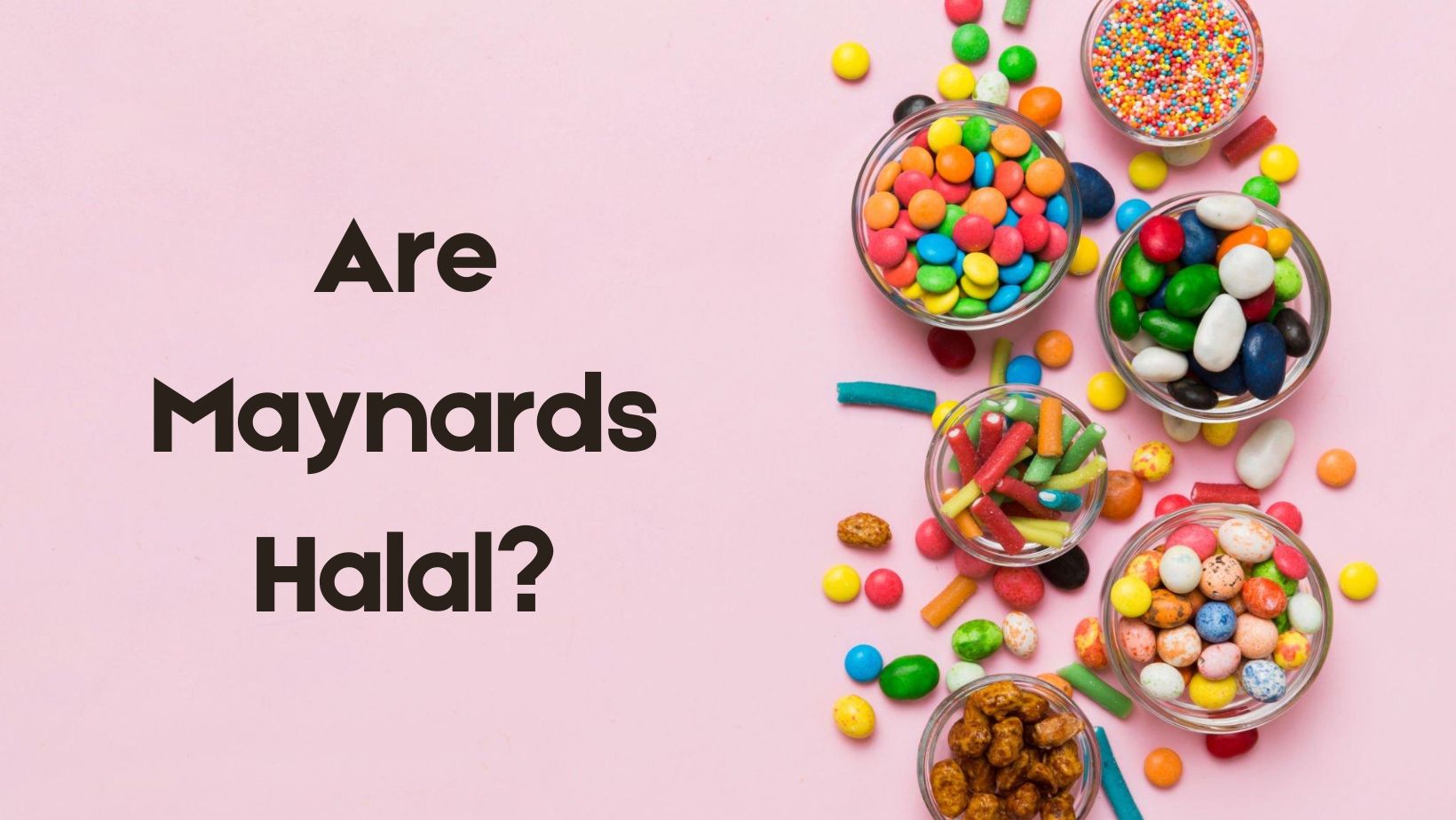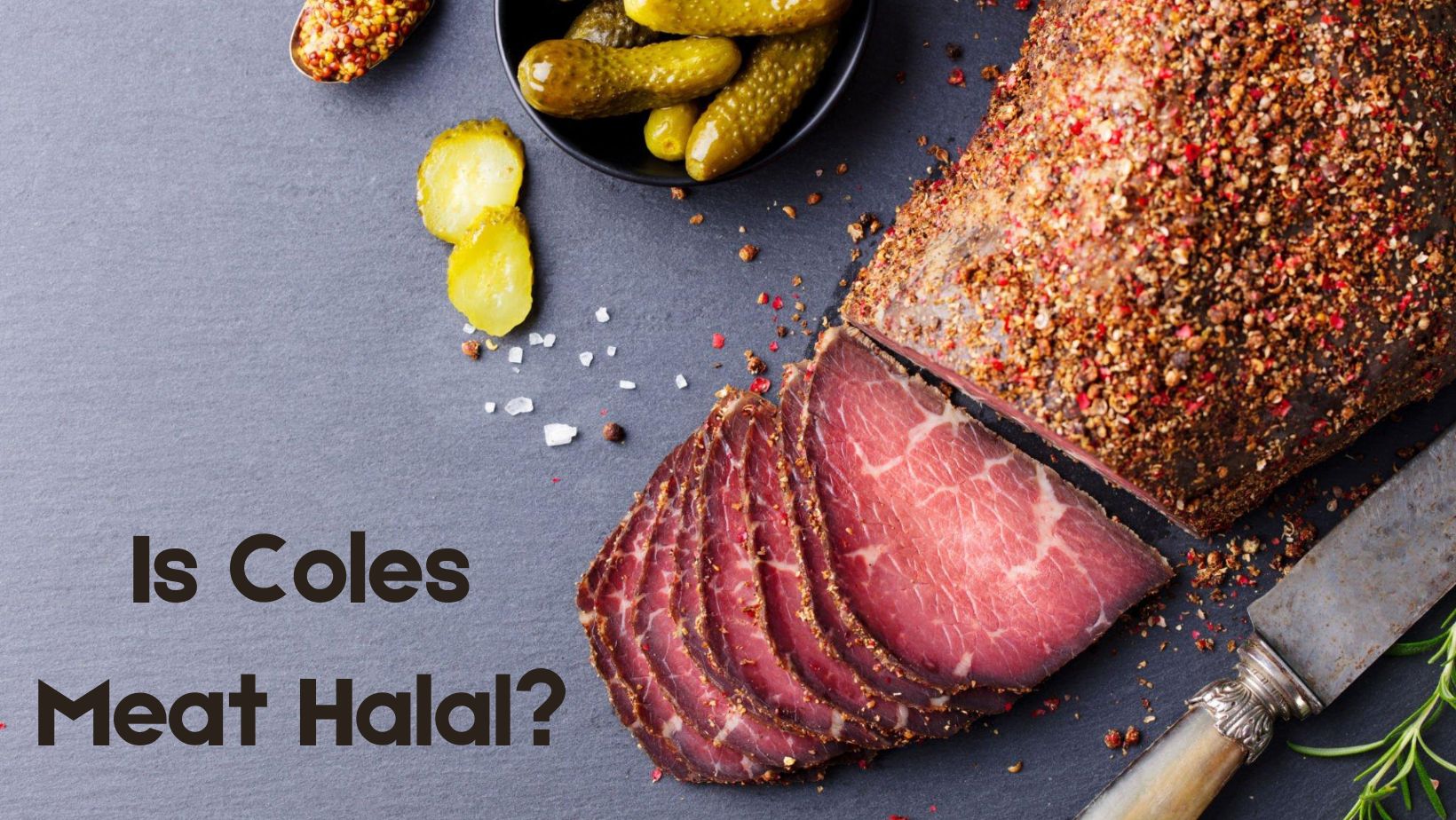Bubble tea, a beloved and refreshing beverage originating from Taiwan, has gained widespread popularity worldwide. This delightful drink is known for its tantalizing combination of tea, milk (or non-dairy alternatives), and chewy tapioca pearls, making it a favorite among people of all ages.
However, for those who adhere to Halal dietary guidelines, there may be concerns about whether bubble tea is permissible to consume.
In this article, we will explore the ingredients and preparation methods of bubble tea to determine its Halal status, providing valuable insights for those seeking to enjoy this beloved drink while adhering to their religious dietary restrictions.
Is Bubble Tea Halal
The halal status of bubble tea can vary depending on the specific ingredients and preparation methods used by different bubble tea establishments. In general, the following aspects should be considered to determine if a particular bubble tea is halal:
- Tea: The tea used in bubble tea is typically halal, as it is made from tea leaves and water. However, it’s essential to ensure that the tea is not cross-contaminated with non-halal substances.
- Milk or Milk Alternatives: If the bubble tea is made with cow’s milk, it should come from a halal-certified source. Many bubble tea shops also offer non-dairy milk alternatives like almond milk, soy milk, or coconut milk, which are generally considered halal.
- Sweeteners: The sweeteners used in bubble tea should be halal-certified or derived from halal sources. Avoid sweeteners that contain alcohol or non-halal additives.
- Tapioca Pearls (Boba): Tapioca pearls are made from cassava root starch and are typically considered halal. However, it’s crucial to ensure that they are prepared in a way that aligns with halal dietary guidelines and not cross-contaminated with non-halal substances.
- Flavorings and Additives: Check the ingredients of any flavorings, syrups, or additives used in the bubble tea to ensure they are halal-certified or sourced from halal ingredients.
- Cross-Contamination: Be mindful of potential cross-contamination in the preparation area. Ensure that equipment and utensils used for making bubble tea are clean and not used for non-halal items.
- Toppings and Garnishes: If you choose to add toppings or garnishes like jellies or whipped cream, ensure they are also halal-certified or sourced from halal ingredients.
To be certain about the halal status of a specific bubble tea establishment or product, it’s advisable to inquire about their ingredients, preparation methods, and any halal certifications they may have.
Some bubble tea shops may display halal certification from relevant authorities or organizations to assure customers of their adherence to halal guidelines. Additionally, local halal certifying bodies may provide guidance and certification for specific bubble tea shops or chains.
What is Bubble Tea
Bubble tea, also known as boba tea or pearl milk tea, is a popular Taiwanese beverage that has gained international popularity in recent years. It is a sweet and refreshing drink typically made from a base of tea, often black or green tea, mixed with milk or fruit flavors.
What sets bubble tea apart are the chewy tapioca pearls, also known as “bubbles” or “boba,” which are added to the drink. These tapioca pearls are soft and slightly chewy, creating a unique texture that enhances the overall drinking experience.
The history of bubble tea dates back to the 1980s in Taiwan, where it was created by combining traditional Taiwanese tea culture with innovative techniques. The exact origin of bubble tea is attributed to various teahouses and food vendors in Taiwan, but it gained significant popularity in the late 1980s and early 1990s.
The name “bubble tea” is said to have originated from the frothy bubbles created when the tea mixture is vigorously shaken before serving.
Over time, bubble tea has evolved to include a wide variety of flavors and ingredients, including fruit juices, syrups, and toppings, making it a diverse and customizable beverage enjoyed by people around the world.
Its iconic tapioca pearls and colorful, eye-catching appearance have contributed to its status as a global sensation in the world of beverages.
Types of Bubble Tea
Bubble tea comes in a wide variety of flavors and styles to suit different tastes and preferences. Here are some popular types of bubble tea:
Classic Milk Tea: This is the original bubble tea, featuring black or green tea mixed with milk (or a milk alternative) and sweetened with sugar or syrup. Tapioca pearls are added for their characteristic chewiness.
Fruit Tea: Fruit tea is made by blending fruit juices or fruit-flavored syrups with tea (or without tea for a fruit-forward version). It’s a refreshing choice, and the fruit flavors can range from citrusy to tropical.
Fruit Milk Tea: This combines the creaminess of milk tea with the fruity goodness of fruit tea. It’s a harmonious blend of tea, milk, and fruit flavors.
Taro Bubble Tea: Taro is a starchy root vegetable that gives bubble tea a unique, sweet, and slightly nutty flavor. It’s often combined with milk or taro powder to create a purple-hued beverage.
Matcha Bubble Tea: Matcha bubble tea is made with matcha green tea powder, milk (or a milk alternative), and sweetener. It has a distinct earthy flavor and vibrant green color.
Thai Bubble Tea: Thai bubble tea is known for its rich and aromatic taste, often made with black tea, condensed milk, and spices like cardamom or star anise. It’s a delightful mix of sweet and spicy flavors.
Honeydew Bubble Tea: Honeydew bubble tea features the sweet and refreshing taste of honeydew melon. It’s made by blending honeydew puree or syrup with tea and milk.
Lychee Bubble Tea: Lychee bubble tea has the sweet and floral flavor of lychee fruit. Lychee syrup or juice is combined with tea and milk.
Mango Bubble Tea: This tropical delight is made with ripe mango puree or mango-flavored syrup, combined with tea and milk. It’s a favorite among fruit lovers.
Coconut Bubble Tea: Coconut milk or coconut-flavored syrup is used in this bubble tea, giving it a rich and creamy coconut flavor.
Almond Bubble Tea: Almond bubble tea features the nutty goodness of almond milk or almond syrup, creating a sweet and aromatic drink.
Brown Sugar Bubble Tea: Brown sugar bubble tea is known for its sweet and caramel-like flavor. Brown sugar syrup is often added to black tea and milk, creating a unique taste profile.
Oreo Bubble Tea: For a twist on the classic, Oreo cookie pieces are blended into the drink, giving it a cookies-and-cream flavor.
Chocolate Bubble Tea: This variation incorporates chocolate syrup or cocoa powder into the mix, creating a chocolatey delight with tapioca pearls.
Winter Melon Bubble Tea: Winter melon syrup is used in this bubble tea, providing a mildly sweet and fruity flavor.
Bubble Tea Ingredients
Bubble tea is a versatile beverage with various ingredients that can be customized to suit individual preferences. The basic ingredients of bubble tea typically include:
- Tea: The base of bubble tea can be made from various types of tea, such as black tea, green tea, oolong tea, or herbal tea. Some versions of bubble tea use flavored teas like jasmine or fruit-infused teas.
- Milk: Many bubble tea recipes include milk to give the drink a creamy and smooth texture. Common options include whole milk, skim milk, condensed milk, or non-dairy milk alternatives like almond milk, soy milk, or coconut milk.
- Sweetener: Sugar or sweet syrups are often added to bubble tea to enhance its sweetness. The amount of sugar can be adjusted to suit personal taste, and some people prefer using honey or other natural sweeteners.
- Tapioca Pearls (Boba): Tapioca pearls, the signature element of bubble tea, are made from cassava root starch. These chewy, spherical pearls are typically boiled and then soaked in a sweet syrup for added flavor.
- Flavorings: Fruit purees, syrups, or extracts can be added to create various flavors in bubble tea. Popular choices include strawberry, mango, passion fruit, lychee, taro, and more.
- Ice: Ice is often added to make bubble tea cold and refreshing. The amount of ice can be adjusted to control the drink’s temperature and dilution.
- Toppings (Optional): In addition to tapioca pearls, bubble tea can include a variety of toppings for extra texture and flavor. Common toppings include fruit jellies, aloe vera pieces, fruit bits, or even pudding.
- Whipped Cream (Optional): Some bubble tea variations are garnished with a dollop of whipped cream for added richness.
- Additional Add-Ins (Optional): Some bubble tea shops offer additional ingredients like coconut flakes, chocolate chips, or fruit chunks to further customize the drink.
Bubble tea recipes can vary widely, and the combinations of these ingredients can be tailored to create a wide range of flavors and textures, making bubble tea a highly customizable and enjoyable beverage for many people.
How is Bubble Tea Made
Making bubble tea involves several steps, and the exact process can vary depending on the specific recipe and preferences. Here’s a general overview of how bubble tea is made:
- Prepare Tapioca Pearls (Boba): Follow the instructions on the package to boil the tapioca pearls until they become soft and chewy, usually for about 20-30 minutes. Stir occasionally to prevent sticking. Drain the cooked pearls and rinse them with cold water. Then, toss them in a sweet syrup or sugar to add flavor. Let them sit for a few minutes to absorb the sweetness.
- Brew the Tea: Brew your choice of tea, following the package instructions for the type of tea you’re using. You can adjust the strength of the tea to your preference. Let the tea cool to room temperature, and if you prefer iced bubble tea, you can refrigerate it or add ice cubes to cool it down further.
- Mix the Base: In a separate container, combine the brewed tea, milk (or milk alternative), and sweetener. The amount of milk and sweetener can be adjusted according to taste.
- Add Flavorings: If you want flavored bubble tea, you can add fruit syrups, purees, or extracts to the base mixture. Adjust the amount to achieve your desired flavor intensity.
- Assemble the Drink: Fill a large cup or glass with ice cubes. Pour the base mixture (tea, milk, sweetener, and flavorings) over the ice, leaving some space at the top.
- Add Tapioca Pearls: Using a wide bubble tea straw, carefully insert it into the cup and push it through the ice and base mixture. Spoon the sweetened tapioca pearls into the cup through the straw.
- Optional Toppings and Garnishes: You can add additional toppings like fruit jellies, aloe vera pieces, fruit bits, or whipped cream according to your preferences.
- Mix and Serve: Stir the drink thoroughly with the straw to combine all the ingredients. Insert a wide bubble tea straw into the cup, and enjoy your freshly made bubble tea!
Bubble tea is known for its customizable nature, so feel free to adjust the ingredients and proportions to create your favorite flavor combinations and textures. Some bubble tea shops also use shakers to mix the ingredients vigorously for a frothier drink.
If you’re curious about the permissibility of caffeine in other popular beverages, dive deeper into the halal status of various caffeinated drinks to make informed dietary choices.
Is Caffeine Halal: Uncover the halal status of caffeine, a common component in various beverages and foods. Learn about the sources of caffeine and how its consumption aligns with Islamic dietary principles.
Is Kombucha Halal: Delve into the fascinating realm of kombucha, a fermented tea with purported health benefits. Find out if this effervescent drink adheres to halal standards and the factors influencing its classification.
Is Coffee Halal: Explore the age-old question of whether coffee, a beloved global beverage, is permissible under halal dietary laws. Understand the origins of coffee and its potential impact on your halal lifestyle.
Is Tea Halal: Sip your way through the debate surrounding the halal status of tea, a classic and widely consumed beverage. Discover the variations in tea types and how they align with Islamic dietary regulations.






